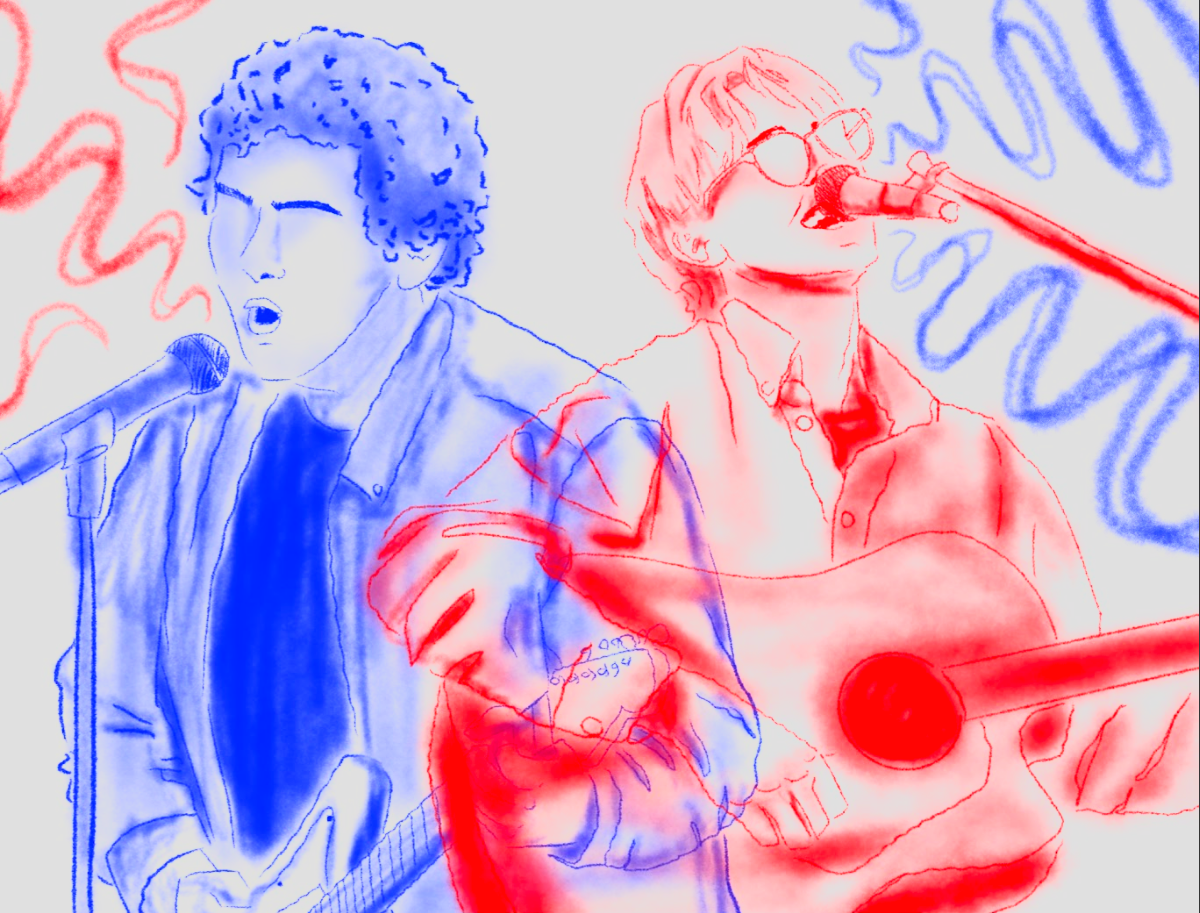Wildlife-centered media vital to protection of animals
January 28, 2019
Vulnerability comes in many forms, but animals are particularly susceptible to the cruelty of others. With no way to defend themselves from humans, wild animals are killed, sold and traded every day. Activists and foundations do what they can to stop this, but with often few resources and low public visibility, they cannot always have the impact they desire.
Media, including articles, photography and film, can expose animal mistreatment in a way that few other outlets can. Media coverage of wildlife aids protection efforts through its unique ability to expose animal exploitation and suffering.
A necklace, a bookend, bracelets. These are just a few of the many items that photographer Christine Fitzgerald saw when she was given entry by the Wildlife Enforcement Branch of the Canadian government to a secret location where illegal wildlife items were seized at the U.S.-Canada border. The photos are a jarring reminder of the brutal end some animals face for the pure reason of decor that leave a viewer thinking about the images. They drive home Fitzgerald’s thoughts on the practice of trafficking.
“The illegal trade of wildlife is one of the great disgraces of humanity,” Fitzgerald said in an interview with the Washington Post, who, along with National Geographic, published a number of her photos. While her words are memorable, her photos are haunting. Her use of photography exposes the ugly nature of wildlife trafficking in a way that is truly unforgettable.
The lives of animals impacted by humans can be just as brutal as what happens to them after death. National Geographic reported in 2015 on canned hunting practices in South Africa. Lions are put in a confined area for hunters who pay to kill them. Hunters are often guaranteed a kill, and the lion has no chance of escape. Even though this is happening thousands of miles away from the United States, the impact canned hunting has is immense. According to Ian Michler, narrator of the documentary “Blood Lions,” the U.S. accounts for more than half of the lion trophies that are exported. In fact, there is no federal law banning canned hunting. National Geographic’s reporting helped bring this conservational and ethical injustice to a wider audience, allowing more international activists to look into how they can take action.
Photos and articles can bring awareness to the issues wildlife faces today, but to understand the full impact, some people need to be shown what is happening in other parts of the world. Documentaries such as Blood Lions, which explores the canned hunting business in-depth, reveals the brutal nature of wildlife exploitation. Others, such as 2009 documentary “The Cove,” touch on topics that are even less infamous. The documentary exposed the continued capture and killing of dolphins in Taiji, Japan. In both cases, the documentaries were bold in their telling of the injustices committed against wild animals and aimed to create a conversation about it. By showing the conditions animals are raised and killed in, documentaries are able to show people in a way no other form of media can just how harsh the industries are.
Through the use of media, such as photography, writing and video, brutal wildlife mistreatment has been brought to the forefront in a way no other method can grant. By exposing these practices, animals can begin to be aided so that the number suffering and dying senselessly can be decreased. It may be disturbing to see and read about the exploitation of wildlife, but people need to be made aware of the situations they are in. When the public is clueless, nothing can be done. Now, with the knowledge we have, it is up to us to make a change, use what videographers and journalists have given us, and make a change. It is our responsibility to protect those that cannot speak for themselves.



